It’s no secret that an advanced and innovative new technology can shift the way in which individuals in certain industries complete critical, daily tasks. For instance, access to big data and the ability to analyze it changed the way stakeholders across every sector thought about decision-making, enabling them to back their strategies with data-driven insights.
A recent report shows that several different technologies – including elements like virtual accounts, real-time payments and automation – are having a similarly disruptive effect in the treasury industry.
Rethinking financial operations management
In fact, according to a report from Global Finance Magazine on a survey completed at the International Treasury Management conference in Geneva this year, many treasurers note that new technological solutions and capabilities are shaking up long-held internal working processes.
“[T]reasurers are looking to leverage new and emerging technology solutions to create operational and strategic advantage,” wrote Global Finance Magazine contributor Anita Hawser. “[T]hese new solutions are also forcing treasurers to rethink how they manage their company’s operations.”
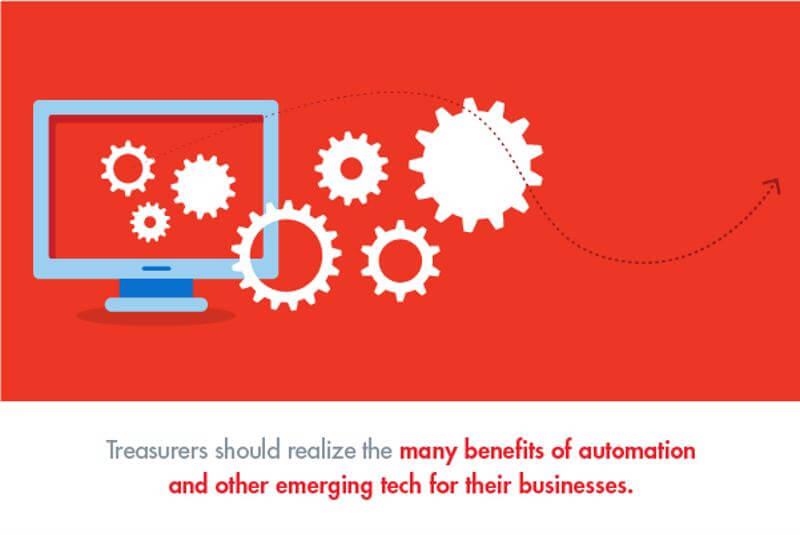 Treasury automation software offers numerous benefits for enterprise businesses.
Treasury automation software offers numerous benefits for enterprise businesses.Some of the top disruptive advancements identified by treasury workers include:
- Virtual accounts: Decoupling accounts from physical systems enables treasurers to create a nearly unlimited number of accounts, each with a unique account number. This helps reduce the number of external accounts treasurers have to manage, while also making processes like payment reconciliation and reporting much easier.
- Real-time payment systems: Additionally, as global firms increasingly move toward real-time payment systems, treasurers can better manage particularly time-sensitive payments and financial activity. As Hawser pointed out, these systems also enable financial managers to view incoming credits to their account, helping to support improved liquidity.
“Real-time and instant domestic payment schemes are proliferating around the globe,” noted Bruno Mellado of BNP Paribas in the report. “What is not yet clear at a corporate level is whether the benefits of real-time or instant payments will outweigh the costs; however, treasurers need to be prepared, particularly for incoming flows.”
Benefits of treasury automation software
One way treasury stakeholders can help ensure their preparedness for these and other technological financial innovations is by taking advantage of yet another emerging advancement: automation.
Automation has been popping up all over an array of sectors, but for treasury workers, automation translates to less manual, paper-based work, alongside considerable time savings and access to up-to-date financial information. As Hanse Orga CEO Sven Lindemann wrote for Treasury Management, automation also boosts overall efficiency while supporting more productive treasury work and a better relationship with other departments within the business.
“Automation and integration can now translate joined-up thinking and planning into joined-up business processes, through enhanced information exchange,” Lindemann wrote. “Treasury’s closer relationship with the rest of the organization enables it to base its key risk decisions on better quality information that is dependable, accurate and up to date.”
Solutions that support automation within the treasury department can also free up considerable time for finance workers to investigate and implement other, advanced technologies, such as those described above. To find out more about how automation can impact your company’s treasury workloads, connect with the experts at SK Global Software today.

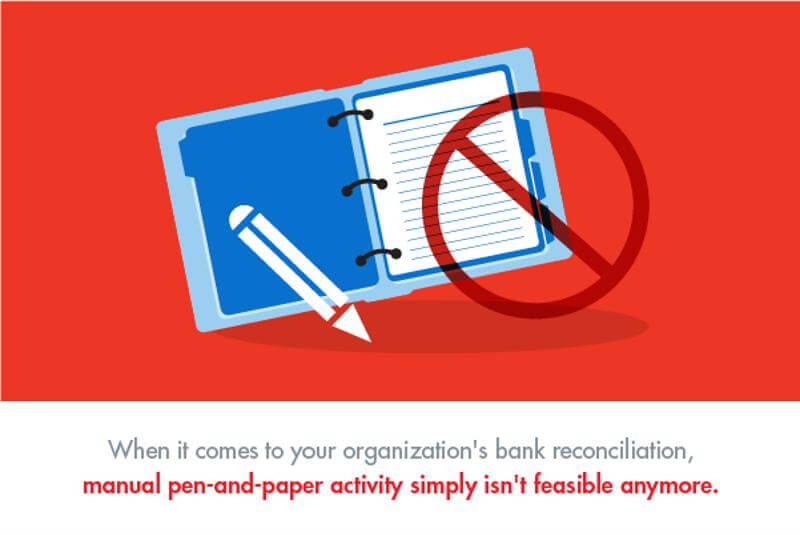 Automated reconciliation software could be the perfect solution for your accounting department.
Automated reconciliation software could be the perfect solution for your accounting department.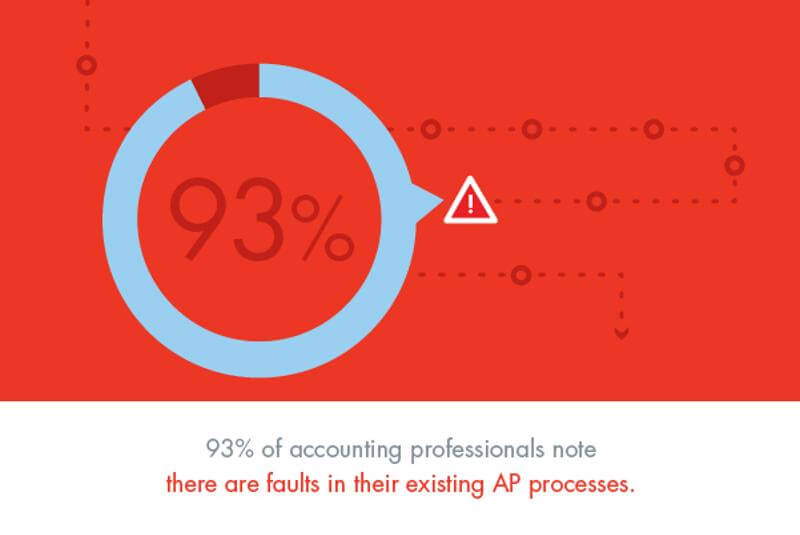 Most accounting pros say there are issues with their current AP processes
Most accounting pros say there are issues with their current AP processes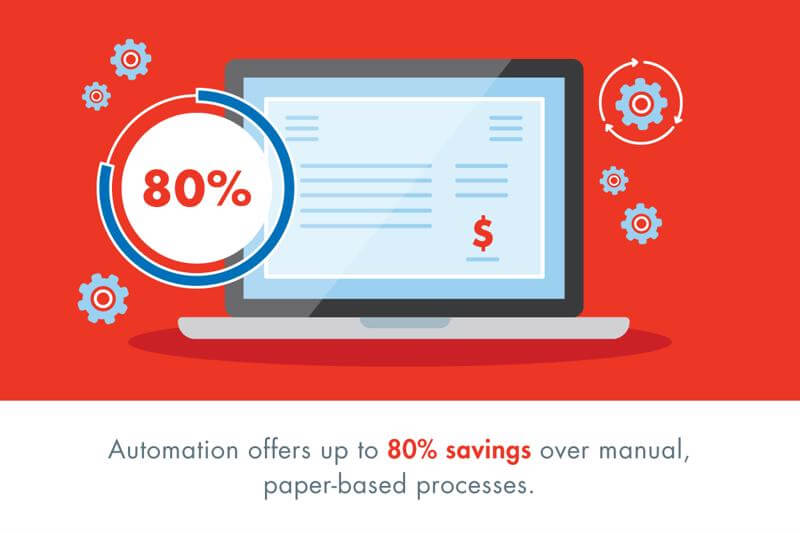 Workflow automation can result in considerable savings.
Workflow automation can result in considerable savings.

 A secure payment portal is a must-have for today’s businesses, providing peace of mind for vendors and customers.
A secure payment portal is a must-have for today’s businesses, providing peace of mind for vendors and customers.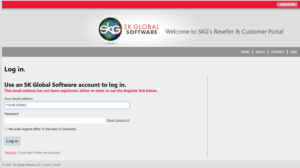 Are you working with Dynamics 365 for Finance and Operations? SKG’s Banking and Treasury Automation Suite solution is ready for the newest update! This
Are you working with Dynamics 365 for Finance and Operations? SKG’s Banking and Treasury Automation Suite solution is ready for the newest update! This

